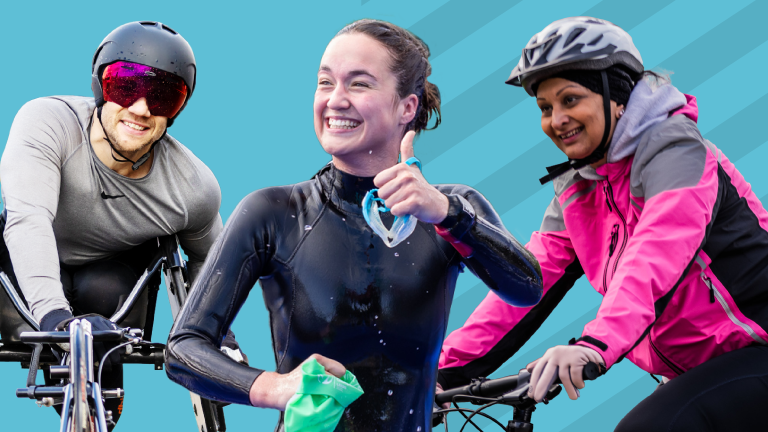Cycling in Winter
Cycling in winter poses different challenges, however a few simple steps can ensure you keep safe when the weather gets colder and the days get shorter.

Make sure you have working lights. It is important to be seen by other road users so they can give you space and keep their distance when overtaking. It is illegal to cycle on a public road after dark without lights and reflectors. Lights can either be flashing or static, but must not blind other road users. You can also add a light to your helmet to aid visibility. Some bikes come with reflectors already fitted but you can add more to your body including ankles, elbows and head. When riding in the dark, reflective clothing could also be used.

By planning your route you can let people know where you are going - and how they can find you if they need to. Planning your route also gives you the opportunity to work out sections of the road which could be more dangerous if the weather changes or in the dark, and allow you to take necessary action.

It is important to stay warm on your journey. When dressing for chilly temperatures, remember that once you get moving your body heats up fast. To avoid being left too warm and overdressed, use thinner layers and look for things you can easily carry or adapt, such as a gilet or jacket. Gloves are an essential bit of kit - you need to make sure you can safely work your gears and brakes when the temperature drops.

It’s recommended that you leave the house with basic bike tools including a spare inner tube - and make sure you understand how to fix basic mechanical issues. If you have a major mechanical problem, your safety is paramount - there's no shame in getting someone to pick you and your bike up to get you home safely!

Make sure your phone is fully charged before setting off. Using apps on your phone to track your journey, check a map of the route or to take photos when you've stopped for tea and cake will all use your battery - don't get caught out if you end up needing to use it to call someone in an emergency.

Fitting your bike with the correct tyres for the surface and conditions will help maintain grip on icy patches and slippery surfaces on the ground. To avoid slipping on a wet or icy surface, thicker, more grippy tyres are recommended. Consider looking at tyres which are more heavy duty to reduce the risk of a puncture.

Check the weather forecast. This will help you plan what you are going to wear when cycling and whether the ride is worth heading out for. Don't forgot to stay hydrated throughout your ride - you will still sweat even when riding in the cold. If you have a turbo trainer and there’s a blizzard outside, it’s probably a good idea to use the turbo trainer instead!
Additional information
Lucy Hall's guide to winter cycling
Bike Mechanic Videos
British Triathlon have a number of additional videos to help you maintain your bike, including a bike safety check and what to keep in your saddlebag within our training section.















